5 Brooklyn Bodies of Water Even the Locals May Not Know
From Hendrix Creek to Sunset Park Pond, Brooklyn’s lesser-known waterways offer insights into the borough’s topographic past.

While there is very little left in New York that can fairly be considered unheard of, these five waterways buck the norm — remaining obscure even to those living nearby.
In Hidden Waters of New York City, author Sergey Kadinsky explores a selection of waterways that are highly relevant to understanding the city’s geographic changes even though they are obscure.
“While the Gowanus Canal, Bushwick Inlet and Newtown Creek get plenty of press and have their loyal poets, bloggers and documentarians, the inlets of Jamaica Bay are not as well known,” Kadinsky told Brownstoner of his decision to focus on New York’s less popular waterways, adding, “They too have a rich natural and human history worth knowing.”
The waterways, Kadinsky’s research shows, harken back to New York’s port-city beginnings, speaking deeply to predevelopment Brooklyn and the natural topography of the borough’s past. Here are a handful of hidden creeks, inlets and ponds that even the most borough-loving Brooklynites might never have heard of.
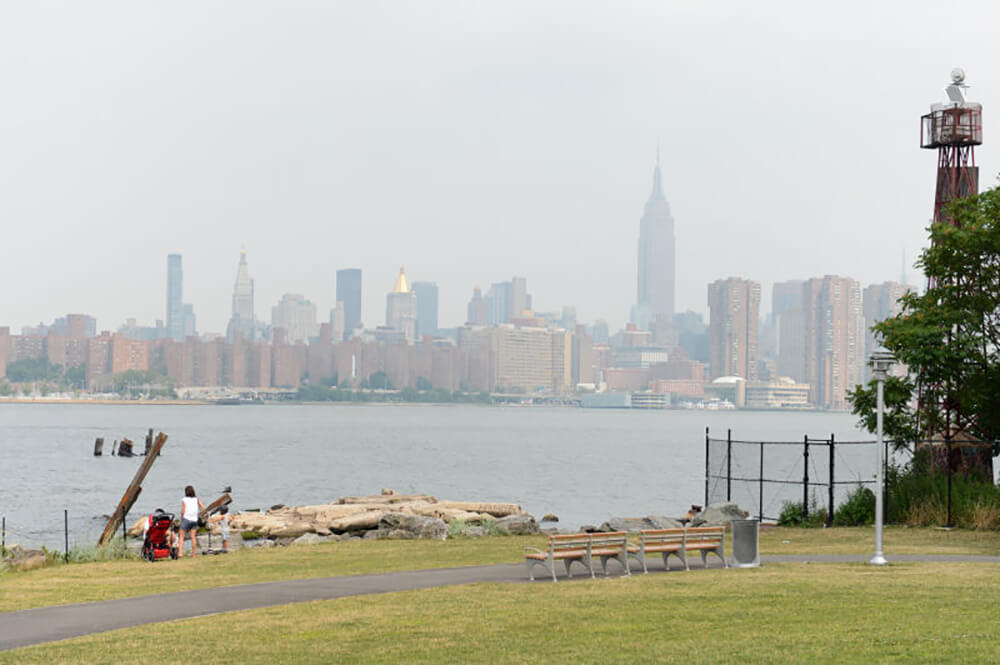
Bushwick Creek
Bushwick Creek originally divided what are now the neighborhoods of Williamsburg and Greenpoint. Part of the creek was covered over by Kent Avenue in 1839. Since the late 19th century, the portion of the creek that remains has been known as Bushwick Inlet. Bushwick Inlet today exists as an indentation of the East River that extends for close to 1,000 feet deep into Greenpoint and the ‘Burg.
Today, Bushwick Inlet offers locals a waterfront green space with plenty of sky.
—
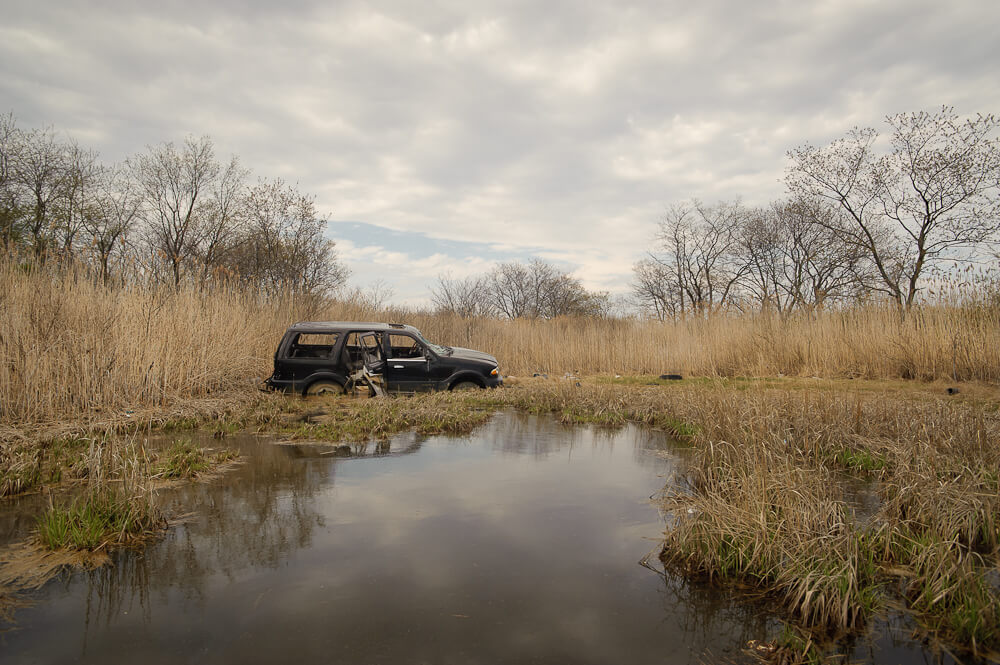
Paerdegat Basin
Jamaica Bay’s longest inlet, the Paerdegat Basin took its name from the Dutch word for “horse’s gate.” This waterway divides Bergen Beach from Canarsie and — before the 1920s — was sourced by a freshwater creek in East Flatbush.
The land surrounding the basin is today home to a variety of parks, including Paerdegat Park, Canarsie Park and Joseph T. McGuire Fields, not to mention the Hudson River Yacht Club and Sebago Canoe Club or the Paerdegat Basin Combined Sewer Overflow Facility.
—
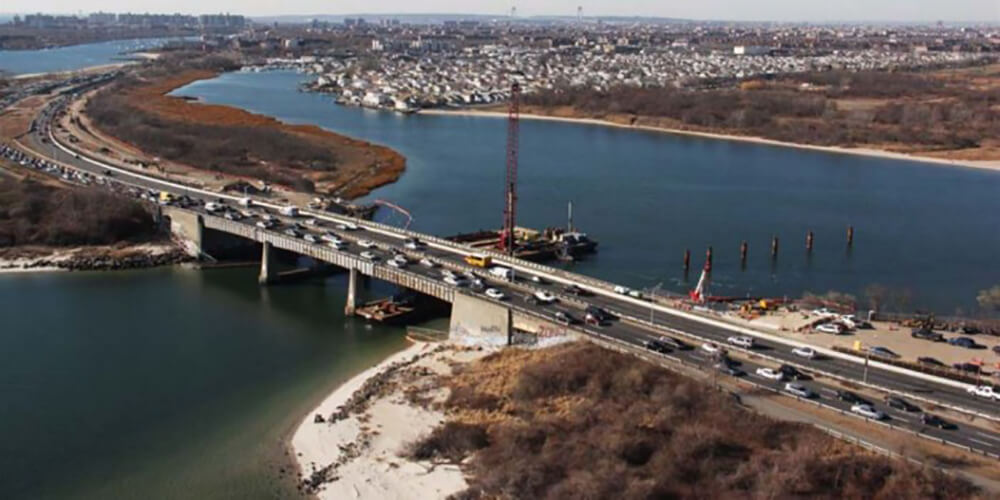
Gerritsen Inlet
Contained entirely within the neighborhood of Marine Park, the Gerritsen Inlet is a tributary of the Rockaway Inlet. An island at the inlet’s midpoint is a designated bird sanctuary, its eastern side is bordered by a 210-acre golf course and at its tip is the Salt Marsh Nature Center — a $4 million facility used to host classes on Marine Park’s natural history.
The Inlet, while relatively difficult to access by anything but boat, is worth a visit if only for its restored natural landscape that provides as good a view as any of what Brooklyn looked like pre-development.
—
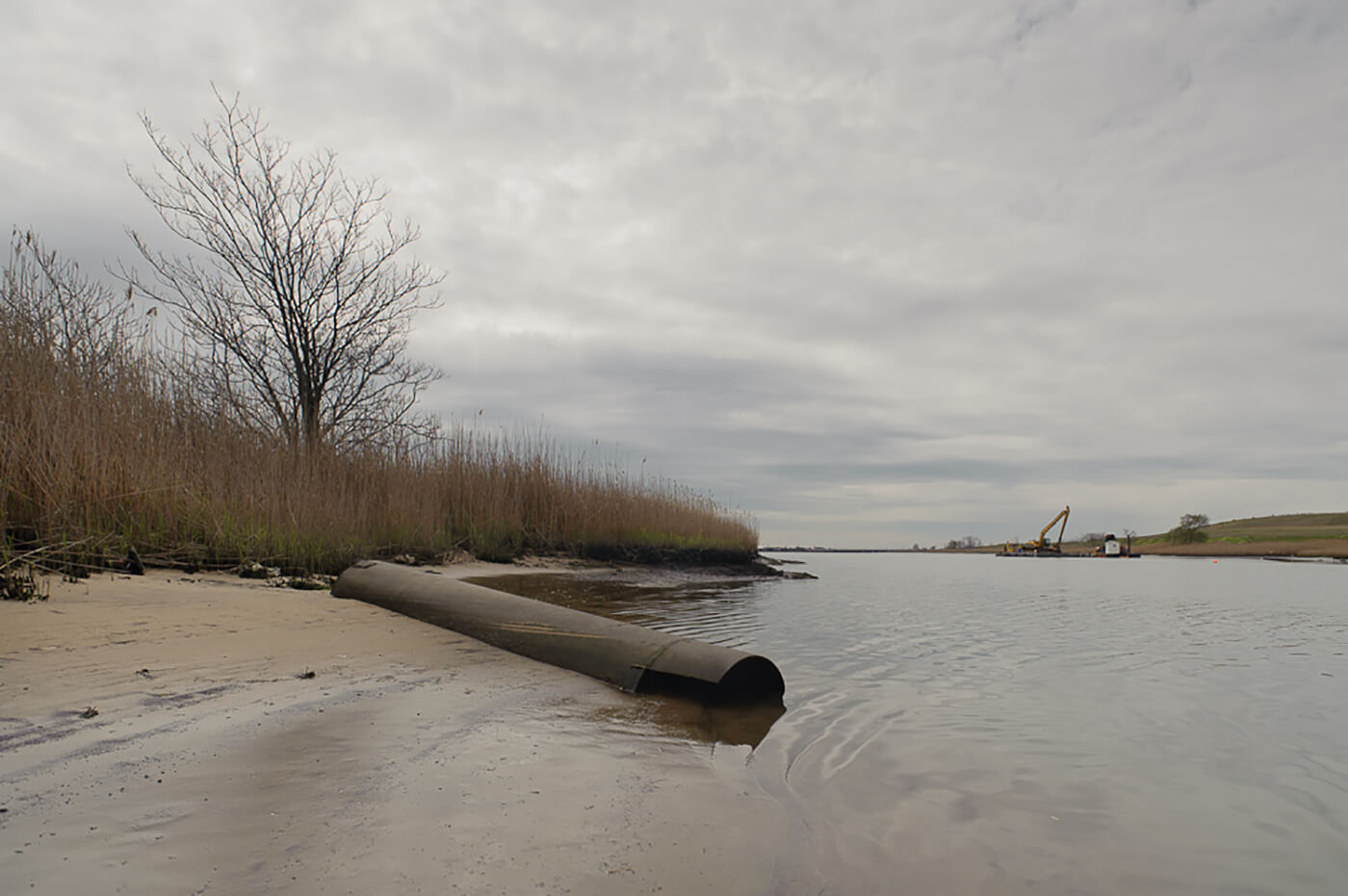
Hendrix Creek
A narrow strip of water dividing the Spring Creek Towers development from the Gateway Center mall, Hendrix Creek is a 7,000-foot-long inlet. The entirety of the channel’s length is paralleled by the eponymously named Hendrix Street. The inlet, originally fed naturally, is today fed by the 26th Ward Wastewater Treatment Plant.
Visitors are able to have a firsthand gander at what a naturalistic drainage pattern looks like in observing how Hendrix Creek filters rainwater from the area’s streets to the wetland and then into the stream.
—
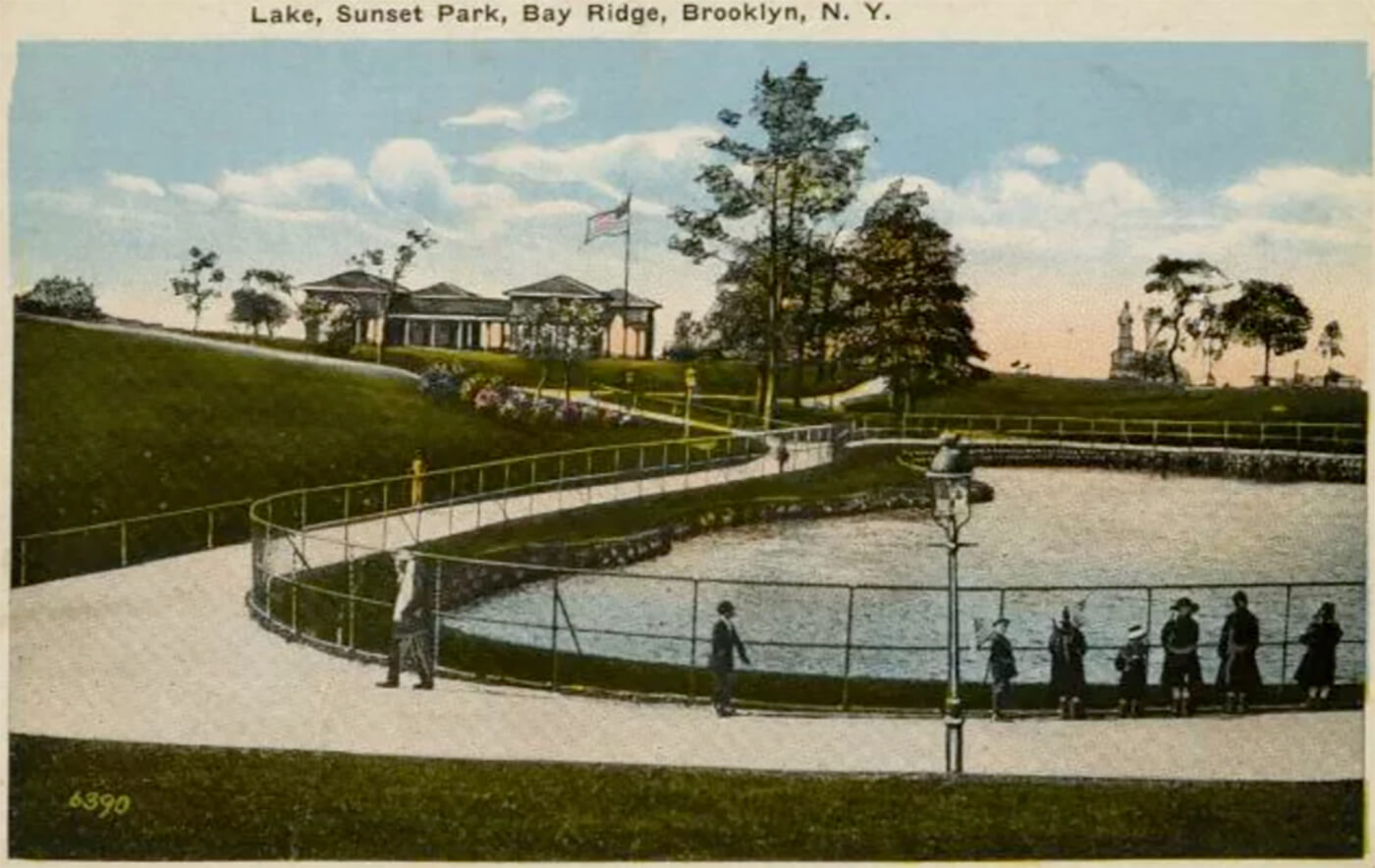
Sunset Park Pond
Completely hidden by the installation of a public pool on its location in 1936, the Sunset Park Pond was located on the eastern side of the 24-acre hilltop park that inspired the neighborhood’s name. The small pond was a manmade body of water used as an ice-skating rink in winter.
While a stroll through Sunset Park today will reveal no trace of the former pond, the park is truly one of the nabe’s lesser-known gems, and the Depression-era outdoor pool that sits in the pond’s place is a valued neighborhood amenity.
Related Stories
From Radiation to Black Mayonnaise: 5 of Brooklyn’s Most Polluted Sites
An Interview With Joseph Alexiou, Author of Gowanus History Book
Giant Underground Tanks Will Handle Gowanus Sewage
Email tips@brownstoner.com with further comments, questions or tips. Follow Brownstoner on Twitter and Instagram, and like us on Facebook.





What's Your Take? Leave a Comment